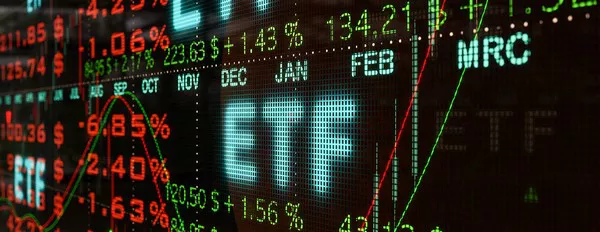The Dow Jones Industrial Average secured its highest closing level since January 2022, concluding a remarkable month for stocks. Investors interpreted the cooling inflation data as an indicator of a potential shift in Federal Reserve monetary policy.
The Dow emerged as the clear front-runner, experiencing significant gains propelled by Salesforce (NYSE:CRM) following its stellar earnings report.
While the S&P 500 closed with modest gains, the Nasdaq faced negative territory, led by tech and tech-adjacent momentum stocks, notably Nvidia (NASDAQ:NVDA).
Despite this, both the S&P 500 and the Nasdaq marked their most substantial monthly percentage gains since July 2022. November, in particular, proved to be the Dow’s most successful month in terms of percentage gains since October 2022.
Ryan Detrick, Chief Market Strategist at Carson Group in Omaha, remarked, “We’re putting the cherry on top of a banner month. It’s a nice reminder for investors of how worried everyone was just a month ago, and we’ve just finished one of the best months in history for stocks.”
Data released by the Commerce Department’s closely watched Personal Consumption Expenditures (PCE) report on Thursday indicated an anticipated cooling of inflation, along with a decline in consumer spending. This data reinforced the belief that the Federal Reserve has completed its rate-hiking cycle.
While New York Fed President John Williams reiterated the central bank’s commitment to remaining data-dependent, he did not rule out the possibility of further rate hikes if inflation fails to continue moderating.
Detrick added, “Kicking off much of the strength this month was the realization that inflation is quickly coming back to earth. We saw that again today with core PCE data suggesting inflation is no longer a major headwind.”
Financial markets have priced in a 95.8% likelihood that the central bank will maintain its key Fed funds target rate at 5.25%-5.50% at December’s policy meeting.
Detrick stated, “There’s likely no rate hikes any time soon; the next move will likely be a cut, probably in the middle of next year. The massive drop in (Treasury) yields this month is the bond market’s way of saying it thinks the Fed is indeed done raising rates.”
Scheduled to participate in two separate discussions on Friday at 11 a.m. ET and 2 p.m. ET, Powell’s insights will be eagerly awaited.
The Dow Jones Industrial Average rose 520.47 points, or 1.47%, to 35,950.89. The S&P 500 gained 17.22 points, or 0.38%, closing at 4,567.8, while the Nasdaq Composite dropped 32.27 points, or 0.23%, reaching 14,226.22.
Healthcare stocks outperformed among the 11 major sectors of the S&P 500, while communication services experienced the steepest percentage decline. Dow Transports, considered a barometer of economic health, advanced by 1.4%.
Salesforce recorded a notable 9.4% surge following the company’s higher-than-expected profit forecast based on solid demand for its cloud services.
Conversely, Ford Motor (NYSE:F) Co slid 3.1% after the automaker set the cost of a new labor deal at $8.8 billion and adjusted its full-year forecast.
Data cloud company Snowflake (NYSE:SNOW) experienced a 7.1% surge after forecasting fourth-quarter product revenue above Street estimates.
Pinterest (NYSE:PINS) and Snap Inc (NYSE:SNAP) gained 2.4% and 6.5%, respectively, following Jefferies’ upgrade of the social media firms to “buy” from “hold.”
On the NYSE, advancing issues outnumbered decliners by a 1.62-to-1 ratio, while on Nasdaq, a 1.01-to-1 ratio favored decliners.
The S&P 500 posted 37 new 52-week highs and two new lows; the Nasdaq Composite recorded 75 new highs and 109 new lows.
Volume on U.S. exchanges reached 13.22 billion shares, exceeding the 10.55 billion average for the full session over the last 20 trading days.


